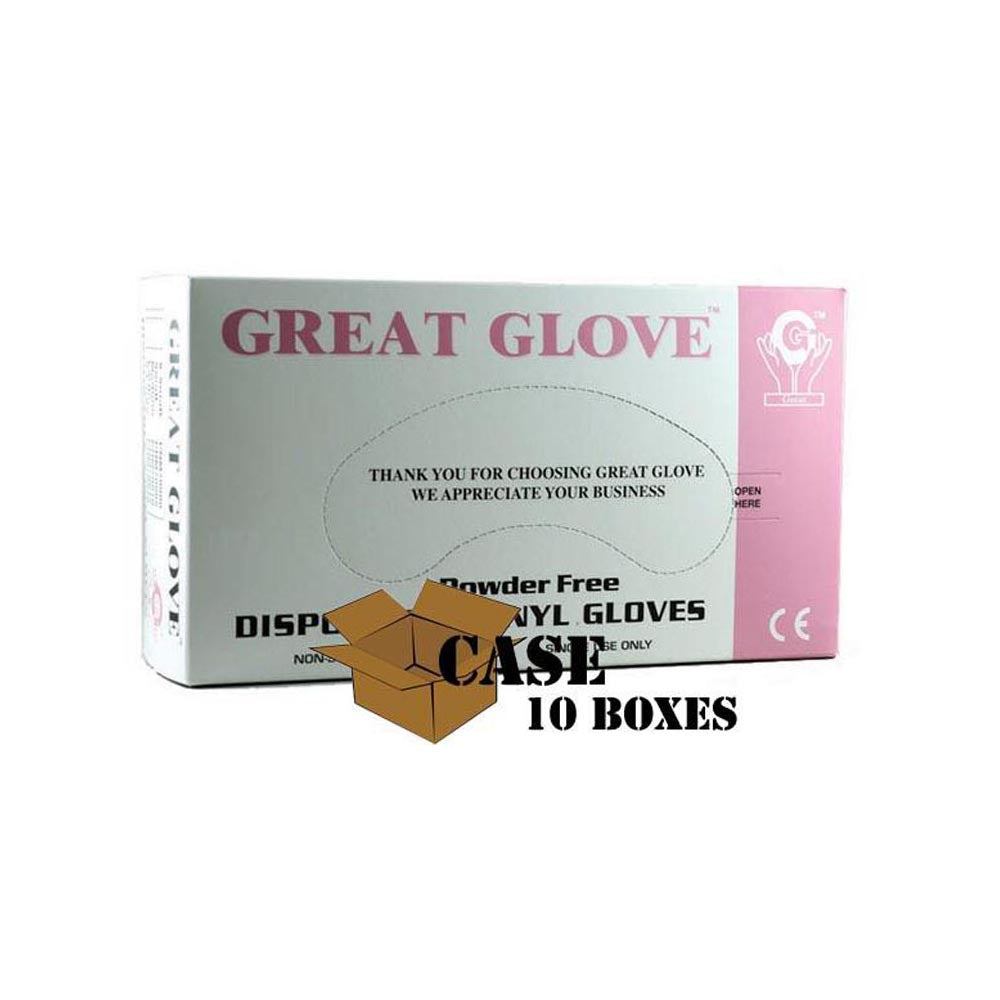Disposable Gloves
OSHA 29 CFR 1910.138
(a) General requirements. Employers shall select and require employees to use appropriate hand protection when employees’ hands are exposed to hazards such as those from skin absorption of harmful substances, severe cuts or lacerations, severe abrasions, punctures, chemical burns, thermal burns and harmful temperature extremes.
(b) Selection. Employers shall base the selection of the appropriate hand protection on an evaluation of the performance characteristics of the hand protection relative to the task(s) to be performed, conditions present, duration of use and the hazards and potential hazards identified.
ANSI/ISEA 105-2016
ANSI/ISEA 105-2016 addresses the classification and testing of hand protection for specific performance properties related to chemical and industrial applications. This standard provides performance ranges related to mechanical protection (cut-resistance, puncture resistance and abrasion resistance), chemical protection (permeation resistance, degradation) and other performance characteristics such as ignition resistance and vibration reductions based on standardized test methods.
Cuff Styles
Knitwrist
Prevents dirt and debris from getting inside the glove. Keeps cold air out and warmth in by fitting under clothing sleeves.
Safety Cuff
Easy to remove in emergency situations and gives added protection to the forearm. Length varies from 21⁄2" to 23⁄4".
Gauntlet Cuff
The longer cuff offers greater protection to the upper wrist. Typically 41⁄2" or longer and has the same features as the safety cuff.
Band Top
Light wrist protection. Allows air to circulate around hand.
Slip-On
Has no cuff. Easy on-off. Used primarily in general purpose applications and on drivers gloves. Rolled Beaded Cuff For increased protection from chemical droplets and increased cuff strength.
Pinked or Serrated Cuff
Provides better gripping surface on edge for easier glove removal.
Straight Cuff
Provides additional length in order to protect from chemical runoff.
Disposable Glove Properties
AQL (Acceptable Quality Level):
The AQL is used to determine the pass/fail criteria for a select sample size. The lower the AQL number, the fewer the defects allowed to pass. The FDA specifies an AQL of 1.5 for surgical gloves, 2.5 for examination gloves and 4.0 or better for industrial grade gloves.
Chlorination:
A process by which gloves are exposed to a chlorine solution followed by multiple washing and leeching processes. The chlorination process hardens the surface of a glove reducing tackiness and decreases the surface friction of the glove thereby allowing it to be easily donned. The chlorination process provides an added benefit by greatly reducing the level of soluble latex protein.
Elongation:
The percentage a glove can be stretched from its original length before it fails. For example, a score of 600% indicates the glove stretched six times its initial length before breaking. Higher percentages indicate a highly elastic glove which can be an indication of improved comfort.
Mil:
A unit of measure, one thousandth of an inch (0.001 inch) or approximately 0.0254 millimeter, used in reporting glove thickness. Most glove thicknesses are measured at the fingertip, palm and cuff.
Powdered:
A USP grade absorbable powder coated on the inner surface of a glove designed to assist with easier donning. Powder-Free: Gloves that have undergone a process of chlorination or that have been polymer coated to eliminate the residue from the inner surface of a glove.
Polymer Coating:
A coating of a special polymer resin applied to the inside and outside of the glove to seal the surface and provide a lubricant for donning the glove.
Tensile:
The force measured over a cross-sectional area of a given material under strain. The value is usually measured at the instant the material fails and is reported in megapascals (MPa).
Textured:
The raised or uneven surface of a glove that helps to prevent slippage especially when handling wet objects. Texturing can be found in the fingertips or the complete glove.
Disposable Glove Types
Natural Rubber Latex (NRL)
Natural Rubber Latex is a highly durable and flexible material that provides a high measure of barrier protection against pathogens and environmental contaminants. Natural rubber latex provides good resistance to numerous acids and ketones. It is the most elastic of the disposable glove materials and is inexpensive. Products containing natural rubber latex may cause allergic reactions in some individuals.
Those using latex gloves who develop a rash, should stop using these gloves immediately. If you suspect that you may have an allergy related to the agents used to manufacture natural rubber latex gloves, consider powder-free or alternative synthetic glove materials such as nitrile, neoprene or vinyl.
Neoprene
A synthetic material extracted from petroleum, neoprene provides good resistance to acids, bases and oils but provides less resistance to abrasion and cuts than latex or nitrile materials. Neoprene is closest in fit and comfort to latex as a synthetic alternative for users who may be sensitive to latex.
Nitrile
Nitrile is a synthetic material, extracted from petroleum. It is resistant to bases, oils, greases and hydrocarbons, and provides an effective barrier from blood-borne pathogens. Nitrile gloves offer improved abrasion, cut and puncture resistance versus latex. Synthetic nitrile gloves provide a low cost alternative to latex for users who may be sensitive to latex.
Vinyl
Vinyl is a synthetic plastic material manufactured of Polyvinyl Chloride (PVC). It has good resistance to acids and bases. They provide a lower level of resistance to mechanical hazards such as abrasion, cuts, and punctures because vinyl is not as elastic or strong as other materials. Vinyl gloves are the least expensive option for gloves and are commonly used in applications for food service, food processing, light duty maintenance and clean-up, and laboratory testing (especially where resistance to acids is required).
For large volume orders, please call in for better shipping rates!










































